If you’re looking for the best peace lily soil, look no further! In this article, we’ll tell you everything you need to know about peace lily soil, including how to make your own. Peace lilies are a beautiful and popular houseplant, but they can be picky about their soil. With the right soil, though, they will thrive. Keep reading to learn all about the best peace lily soil.
Peace Lily Soil Requirements
A peace lily needs soil that is both moist and well-draining. The best way to achieve this is to mix together equal parts of potting soil and perlite. You can also make your own peace lily soil by mixing together 2 parts peat moss, 2 parts perlite, and 1 part vermiculite.

However, they prefer to be kept on the moist side and will do best with weekly watering. Be sure to allow the soil to dry out slightly in between waterings. When it comes to watering, peace lilies are very forgiving and will tolerate a wide range of watering schedules.
Peace lilies are not heavy feeders, but they will benefit from a monthly application of a balanced fertilizer during the growing season.
Drainage Capacity
However, they do best when the soil is moist but not soggy. If the soil is too wet, the roots will rot. In fact, they will tolerate a wide range of drainage capacities, from very wet to very dry. If the soil is too dry, the leaves will wilt. When it comes to drainage, peace lilies are not demanding.
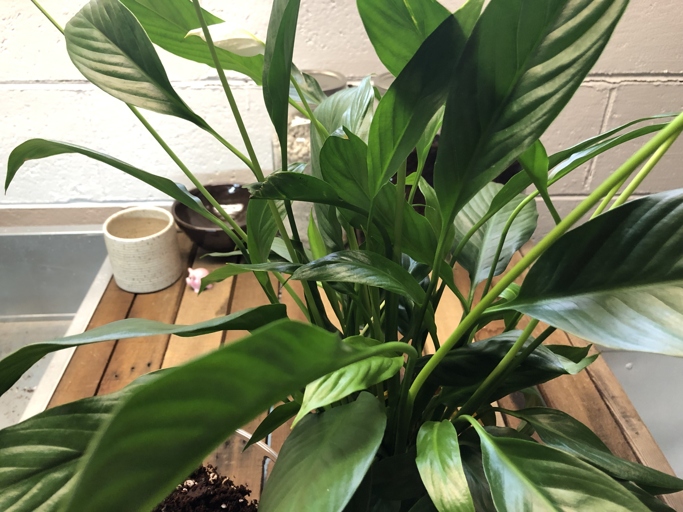
One way to ensure that your peace lily has the perfect drainage is to make your own soil mix. To do this, mix equal parts potting soil, perlite, and peat moss. This mix will hold moisture without becoming soggy, and will provide good drainage for the roots.
These mixes usually have a good balance of drainage and moisture retention, and will help to keep your peace lily healthy. Another option is to use a commercial potting mix that is specifically designed for peace lilies.
Soil pH
You can test the pH of your soil with a pH meter or test kit. The ideal pH for peace lilies is between 6.0 and 7.0. If the pH of your soil is too high or too low, you can adjust it by adding amendments. The pH of your soil is important to consider when growing peace lilies.
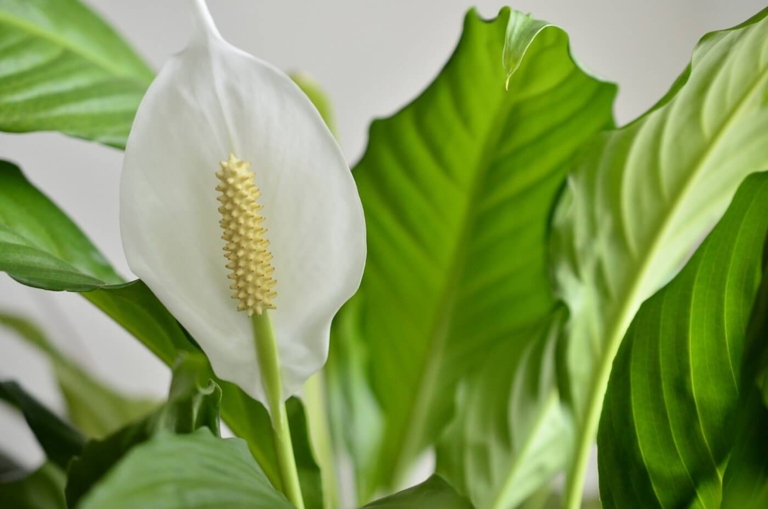
To raise the pH of your soil, you can add lime. To lower the pH of your soil, you can add sulfur. Amendments can change the pH of your soil, so it is important to test the pH after adding amendments. You should always test the pH of your soil before adding amendments.
You can also make your own peace lily soil. Compost will help to improve the drainage and aeration of your soil. You can make your own compost by composting kitchen scraps and yard waste. To make your own peace lily soil, you will need to add compost to your soil. It will also add nutrients to your soil.
Moisture Retention
This will help to hold onto moisture and keep the roots healthy. This will help to keep the soil moist and the plant healthy. Finally, you want to make sure that you water your plant regularly. First, you want to make sure that your soil is well-draining. Second, you want to add organic matter to your soil. This will help to prevent root rot and other problems that can occur when the roots are sitting in water. When it comes to moisture retention, there are a few things to keep in mind.
Aeration
You can improve the aeration of your peace lily’s soil by mixing in some perlite or sand. Aeration is important for peace lilies because it helps the roots take in nutrients and moisture. Without aeration, the roots can become waterlogged and suffocate. You can also make your own aerated peace lily soil by mixing equal parts potting mix, perlite, and sand.
Nutrient-rich Soil
This will help to ensure that your plant is getting all of the nutrients it needs to thrive. You can find nutrient-rich soil at most garden stores, or you can make your own by adding compost or other organic matter to your existing soil. When it comes to finding the best soil for your peace lily, you want to look for something that is nutrient-rich.
Peace Lily Soil Composition
You can make your own peace lily soil by mixing equal parts of potting soil, peat moss, and perlite. A peace lily’s soil should be rich in organic matter and well-draining.
When it comes to peace lily soil, it’s important to remember that these plants are native to tropical rainforests. While you can certainly buy pre-made peace lily soil at your local garden center, it’s easy (and more economical) to make your own. This means that they’re used to growing in soils that are rich in organic matter and well-draining.
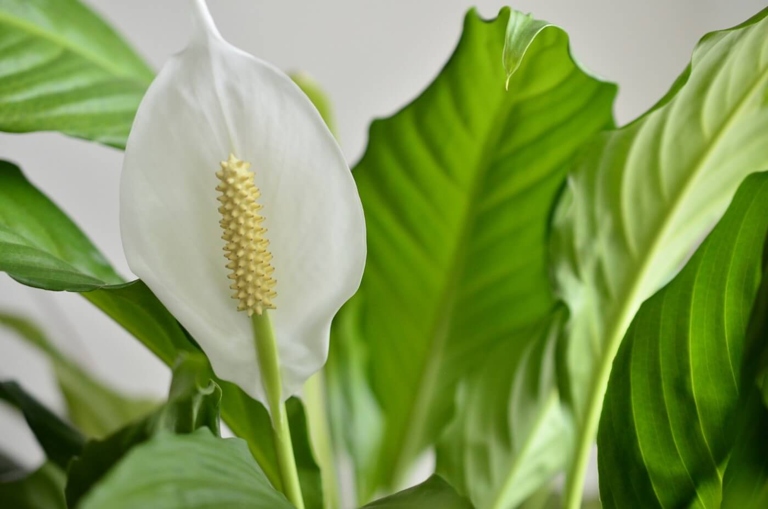
This will create a light and airy soil mix that will mimic the conditions of a rainforest floor. To do so, simply mix equal parts of potting soil, peat moss, and perlite. Once you’ve mixed up your soil, be sure to water it thoroughly before planting your peace lily.
Soil Compaction
The best way to avoid this problem is to use a well-draining potting mix and to water your plant thoroughly. If your peace lily is already in a pot with compacted soil, you can try to improve the drainage by adding perlite or sand to the potting mix. Soil compaction is a common problem with peace lilies. You can also try to loosen the compacted soil with a fork or chopstick.
Best Peace Lily Soil
When it comes to finding the best soil for your peace lily, it is important to consider what type of soil will best suit the needs of your plant. There are a variety of soil types that can be used for peace lilies, but some are better than others.
Peat moss is also a great way to keep the soil moist, which is important for peace lilies. This type of soil will provide your plant with the drainage it needs to thrive. One of the best soil types for peace lilies is a mixture of peat moss and perlite.
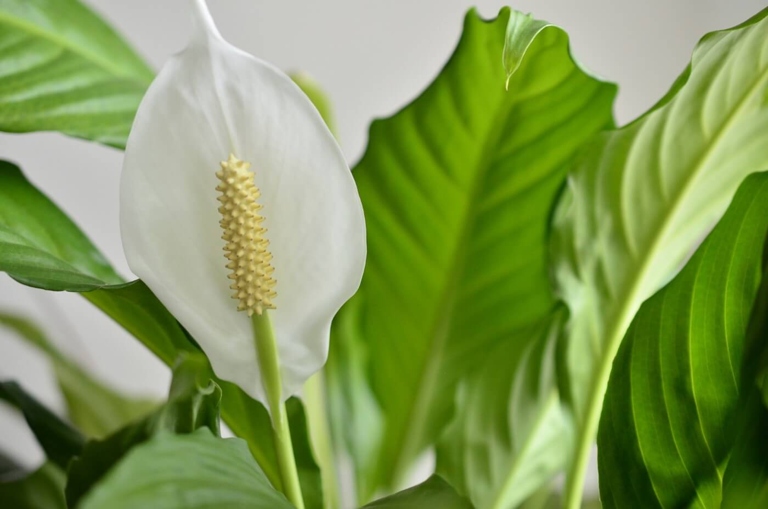
This type of soil will provide excellent drainage and will also help to keep the soil moist. Another great option for peace lily soil is a mixture of sand and vermiculite.
If you are looking for a more affordable option, you can also make your own peace lily soil by mixing equal parts of potting soil and perlite. This type of soil will provide adequate drainage and will also help to keep the soil moist.
No matter what type of soil you choose for your peace lily, it is important to make sure that it is well-draining. Peace lilies need soil that is moist but not soggy, so drainage is essential. If you are unsure about the drainage of your soil, you can always add more perlite or sand to help with drainage.
Ready-made Soil Mix
When it comes to finding the best soil mix for your peace lily, you have two options: you can either make your own or buy a ready-made mix. And third, it should be slightly acidic. First, the mix should be well-draining but also moist. Second, it should be rich in organic matter. If you decide to go the DIY route, there are a few things you need to keep in mind.

These mixes will usually have all of the above qualities, so you can be sure your plant will be happy and healthy. If you don’t have the time or patience to make your own soil mix, you can always buy a ready-made mix. Just make sure to get one that’s specifically designed for peace lilies.
How to Make Peace Lily Soil (DIY)
One of the most important things to consider when growing peace lilies is the type of soil you use. While peace lilies will grow in a variety of soil types, they prefer a soil that is rich in organic matter and drains well.
If you’re looking to make your own peace lily soil, you can start with a basic potting mix and add in some extra ingredients to improve drainage and add nutrients. For extra nutrients, you can add in some compost or vermiculite. To improve drainage, you can add in some perlite or sand.
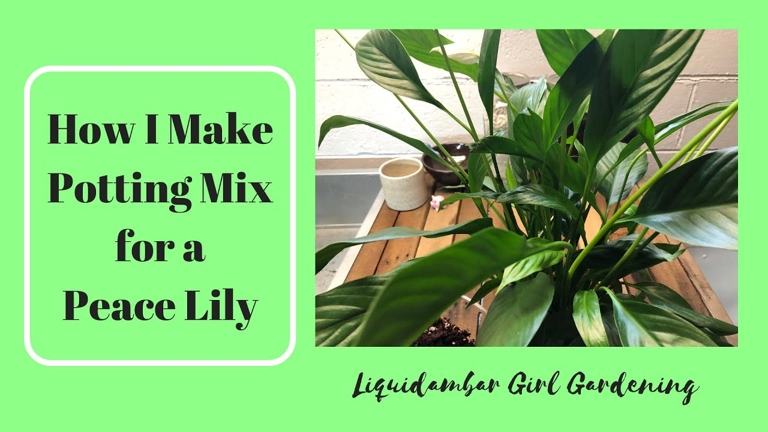
If you’re unsure whether your peace lily needs water, simply stick your finger into the soil. However, they are tolerant of occasional periods of drought. If it feels dry to the touch, it’s time to water. When it comes to watering, peace lilies prefer to have their soil evenly moistened.
1. Choose the right pot.
Peace lilies do best in ceramic or terracotta pots, as they help to regulate the plant’s temperature and moisture levels. Second, choose a pot that is slightly larger than the current pot, as peace lilies need room to grow. When it comes to choosing a pot for your peace lily, there are a few things to keep in mind. Third, consider the material of the pot. First, make sure the pot has drainage holes to allow for proper drainage.
2. Place peat moss or coco coir at the bottom of the container
Peat moss and coco coir are two of the most popular choices for peace lily soil. It is made from the fiber of the coconut husk and is also lightweight and has good drainage properties. It is lightweight and has excellent drainage properties. Peat moss is a natural product that is made from decomposed organic matter. Coco coir is a by-product of the coconut industry.
3. Add components that improve drainage
The plant will not tolerate soggy conditions, so it’s important to add components that improve drainage. Perlite and sand are both good options. Be sure to water your peace lily regularly, but allow the soil to dry out between watering. When it comes to peace lily soil, drainage is key. You can also make your own drainage mix by adding one part perlite to two parts potting soil.
4. Add nutrition to the soil and mix together
If you are looking to give your peace lily a nutrient boost, you can add some organic matter to the soil. This can be in the form of compost, manure, or even just some fallen leaves. Mix everything together well and your peace lily will be happy. When it comes to soil, peace lilies are not picky. They will grow in a wide range of soils, as long as it is well-draining.
5. Add charcoal at bottom of the pot (optional)
If you want to add a little extra boost to your peace lily’s soil, you can add a layer of charcoal at the bottom of the pot. This is completely optional, but it can help to keep the soil slightly acidic and improve drainage.
6. Pour the mix and plant your peace lily
When it comes to finding the best soil for your peace lily, there are a few things you need to take into consideration. This can be achieved by using a mix of potting soil and perlite or by making your own mix using ingredients like coco coir, vermiculite, and compost. First, the soil should be well-draining yet moist.
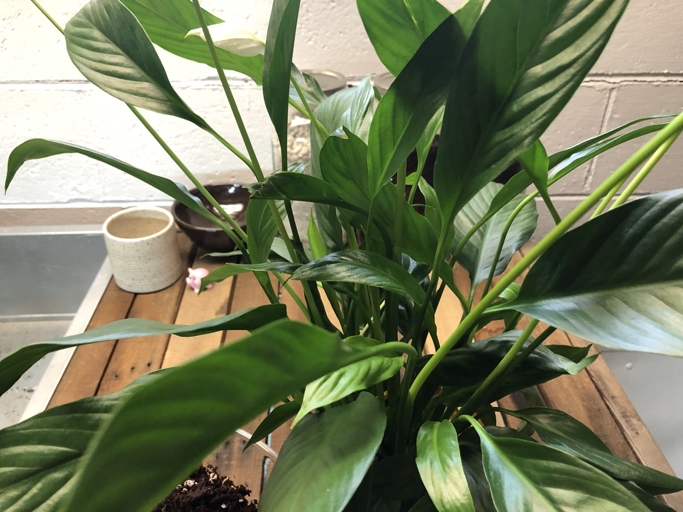
After you’ve planted your peace lily, water it well and continue to water it regularly, making sure the soil stays moist but not soggy. Once you have the perfect mix, it’s time to plant your peace lily. Be sure to choose a spot that gets indirect sunlight and has good air circulation.
Repotting Peace Lily Soil
When it comes to the best soil for peace lilies, there are a few things to keep in mind. First, peace lilies prefer a slightly acidic soil, so if you’re using a potting mix that is too alkaline, you may want to add some peat moss or other acidic material to the mix. Second, peace lilies like their soil to be moist but not soggy, so make sure the potting mix you choose has good drainage.
To do this, mix together equal parts peat moss, perlite, and vermiculite. This mix will provide good drainage and aeration while still holding moisture well. If you’re not sure what kind of potting mix to use, you can always make your own. You can also add a small amount of compost to this mix for added nutrients.

Gently remove the plant from its current pot and loosen any roots that are tightly bound. When it’s time to repot your peace lily, be sure to use a pot that is only slightly larger than the current one. Water well and place in a bright, indirect light. Place the plant in the new pot and fill in around it with the potting mix, tamping it down gently. Peace lilies don’t like to be root-bound, so a pot that is too large will just cause the plant to produce more leaves and fewer flowers.
Nutrient Leach
Second, it should be rich in nutrients to support the plant’s growth. And third, it should be slightly acidic. First, the soil should be well-draining to prevent root rot. When it comes to soil for peace lilies, there are a few key things to keep in mind.

To do this, mix equal parts sphagnum peat moss, perlite, and vermiculite. This mixture will provide the perfect balance of drainage and nutrients for your peace lily. One way to ensure that your peace lily has the best soil is to make your own.
Just make sure to look for a mix that is specifically designed for peace lilies and that contains sphagnum peat moss, perlite, and vermiculite. If you’re not up for making your own soil, you can also purchase a pre-made mix from a garden center or online.
Soil Compaction
When the soil is too compacted, it doesn’t allow roots to grow and breathe, which can eventually kill the plant. Soil compaction is a major problem for peace lilies and other houseplants.
Second, water your plant deeply but less often, so that the water has a chance to reach the roots. Finally, avoid over-fertilizing, which can also lead to compacted soil. There are a few things you can do to prevent soil compaction in your peace lily. First, make sure you’re using a well-draining potting mix.
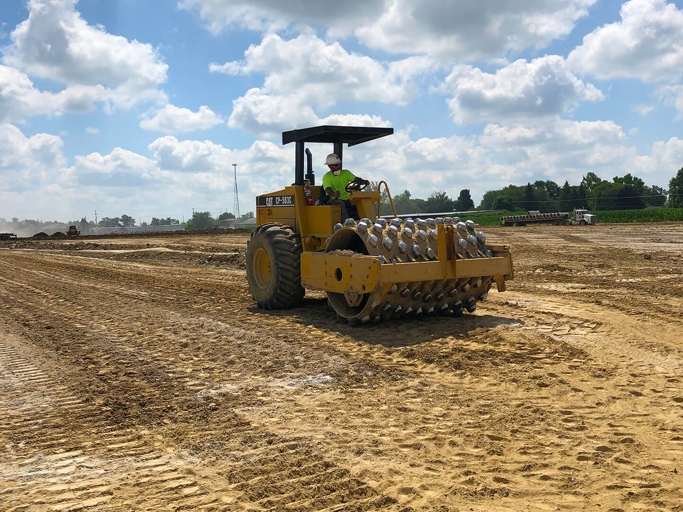
If your peace lily’s soil is already compacted, you can try to loosen it up by breaking up the soil with a fork or by adding some perlite or vermiculite. If the plant is already showing signs of stress, however, it’s best to repot it into fresh, loose soil.
Salt Build-up
If you notice that your peace lily has developed a white, powdery substance on its leaves, don’t worry–it’s not harmful to the plant. This build-up is simply salt that has accumulated from the water you’ve been using to care for your peace lily.
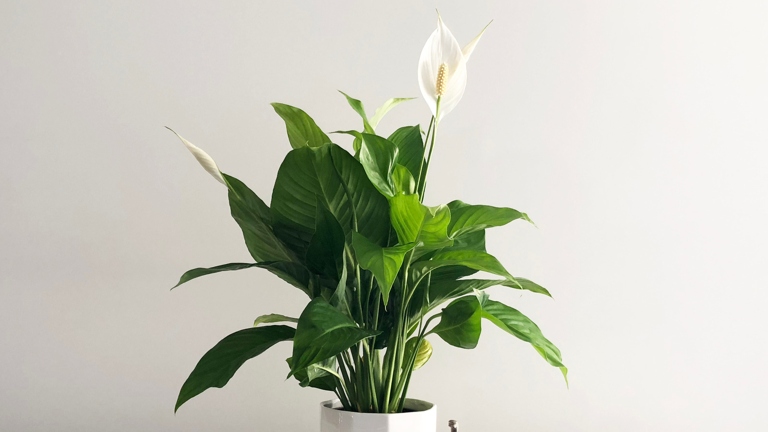
You can also mist the leaves with clean water to help remove the salt. Be sure to flush the soil with clean water every few weeks to prevent the salt from accumulating again. To remove the salt build-up, simply wipe the leaves down with a damp cloth.
Root Rot
Root rot is a serious problem for peace lilies and other plants. The fungus can kill the plant if it is not treated. It is caused by a fungus that attacks the roots of the plant.
The second is to water the plant regularly. The first is to make sure that the plant has good drainage. There are several things that you can do to prevent root rot. The third is to fertilize the plant.

They will be able to tell you for sure and give you advice on how to treat it. If you think that your plant has root rot, you should take it to a nursery or garden center.
Does peace lily like moist soil?
This means that you don’t have to water them as often as you would other plants. Peace lilies are one of the most popular houseplants because they are so easy to care for. One of the things that makes them so easy to care for is that they like moist soil.
You can also add a layer of gravel to the bottom of the pot to help with drainage. If you are growing your peace lily in a pot, make sure that the pot has drainage holes so that the water can drain out.
Peace lilies like to be in humid environments, so if your home is on the dry side, you may want to mist your plant occasionally or put it in a room with a humidifier.

If you keep your peace lily happy with moist soil, it will reward you with beautiful blooms.
Can I use succulent soil for peace lily?
While peace lilies are not succulents, they do enjoy a well-draining soil. So if you have succulent soil on hand, it’s a great option for your peace lily. If you’re wondering whether you can use succulent soil for your peace lily, the answer is yes! Just be sure to add some organic matter to the soil to help retain moisture, as succulent soil can be very dry.
Does peace lily like acidic soil?
Peace lilies are one of the most popular houseplants because they are easy to care for and thrive in a variety of conditions. One of the most important factors in peace lily care is the soil.
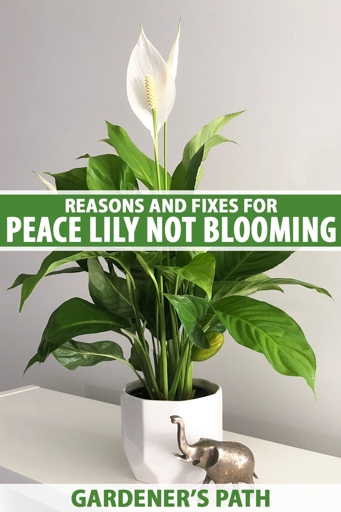
If the soil is too alkaline, the leaves will turn yellow. Peace lilies prefer slightly acidic soil with a pH of 6.0 to 7.0. If the soil is too acidic, the leaves will burn.
You can buy special peace lily soil at most garden centers, or you can make your own by mixing equal parts peat moss, perlite, and vermiculite.
Frequently Asked Questions
1. What is the best peace lily soil?
The best peace lily soil is a well-draining, slightly acidic potting mix. You can make your own by mixing equal parts peat moss, perlite, and vermiculite.
2. Why is well-draining soil important for peace lilies?
Peace lilies are native to tropical rainforests, where the soil is constantly moist. In potting mixes, well-draining soil helps to mimic these conditions and prevents the roots from sitting in water, which can lead to root rot.
3. Can I use regular potting soil for my peace lily?
No, regular potting soil is too dense for peace lilies and will not drain well enough.
4. How often should I water my peace lily?
Peace lilies should be watered about once a week, or when the soil is dry to the touch. Over-watering can lead to root rot, so be sure to let the soil dry out in between waterings.
5. What is the best way to fertilize my peace lily?
Peace lilies benefit from a monthly application of a balanced, water-soluble fertilizer.
6. How much light does my peace lily need?
Peace lilies do best in bright, indirect light. Too much direct sunlight can scorch the leaves.
7. What are some signs that my peace lily is not getting enough light?
If your peace lily is not getting enough light, the leaves will start to turn yellow.
8. Can I put my peace lily outside?
Yes, peace lilies can be placed outside during the summer months. Just be sure to bring them back inside before the temperature drops below 60 degrees Fahrenheit.
9. What are some signs that my peace lily is not getting enough water?
If your peace lily is not getting enough water, the leaves will start to droop.
10. What are some signs that my peace lily is getting too much water?
If your peace lily is getting too much water, the leaves will start to yellow and the roots will start to rot.
Final thoughts
If you’re looking for the best peace lily soil, you can’t go wrong with a mixture of sphagnum peat moss and perlite. You can also make your own peace lily soil by mixing equal parts of potting soil, peat moss, and perlite. Whichever way you choose to go, your peace lily will thank you for it!
